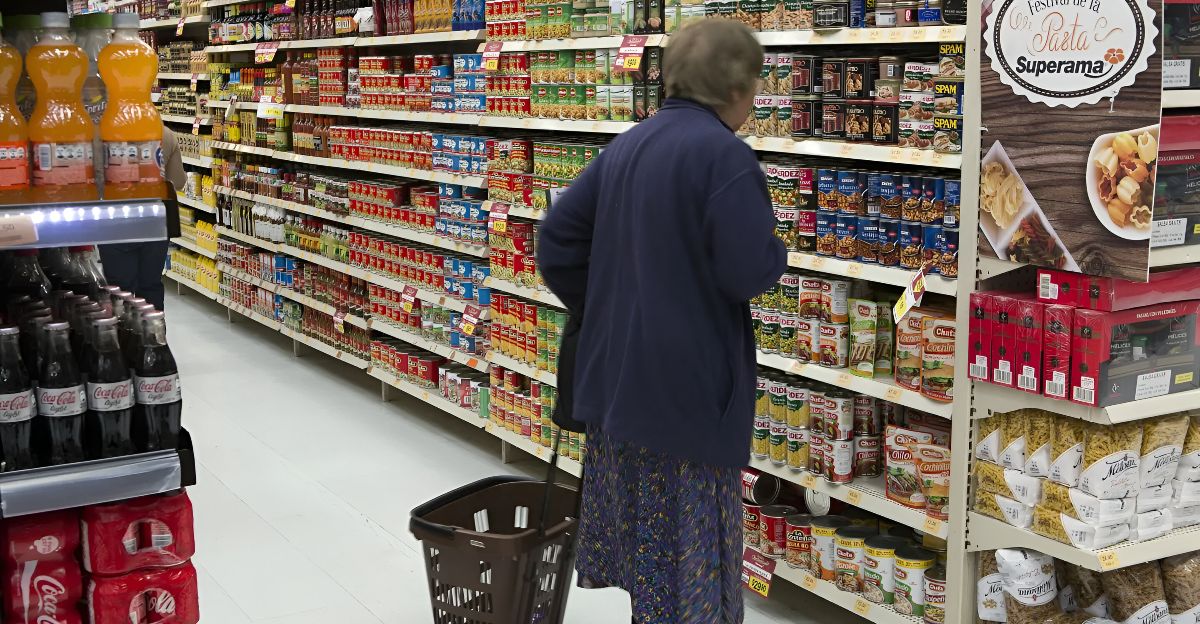
For nearly 140 years, Del Monte Foods has been filling the cupboards and kitchens of Americans nationwide, but sometimes, all good things need to come to an end, and that’s exactly what’s happening now. This legendary canned food giant faces an uncertain future after filing for bankruptcy, sending shockwaves to households and the food industry.
As one of the country’s oldest and most beloved brands, it will be missed as soon as its fruit cocktails, green beans, and peaches disappear from shelves everywhere. How did a legendary brand finally meet its maker?
Where It All Started
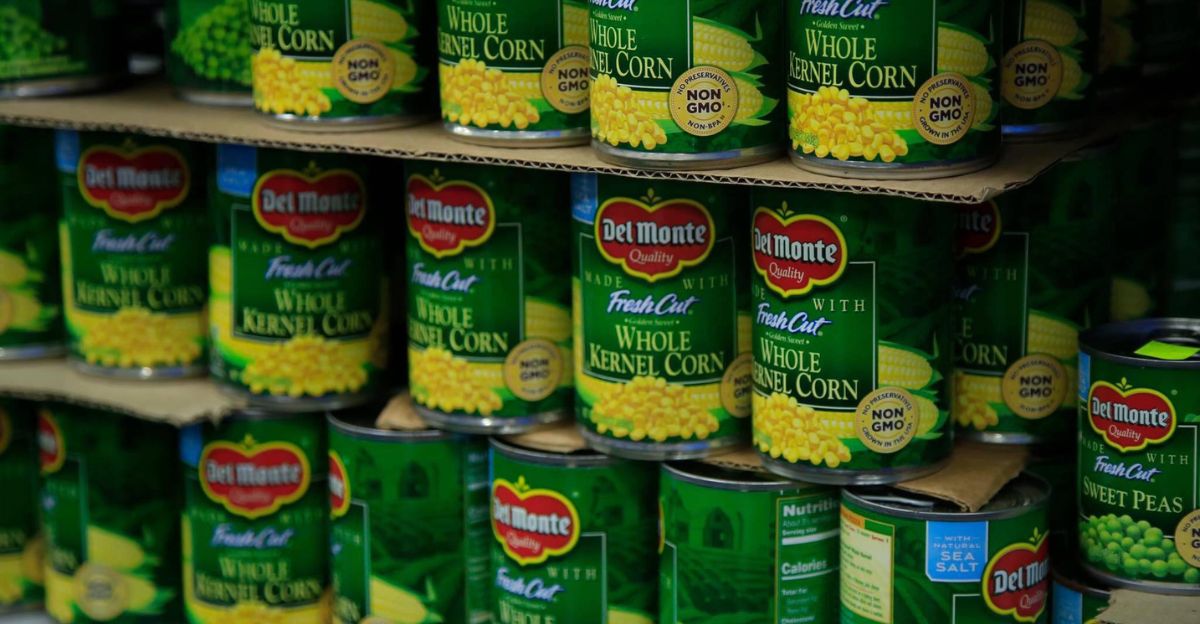
It all started in the late 19th century in California, where it launched as a premium coffee brand for the famed Hotel Del Monte. No one back then would have thought that they would become one of the most-loved canned food brands. It soon began with canned goods, and by the early 20th century, Del Monte had become synonymous with reliability and freshness, expanding rapidly through mergers that united leading West Coast canners under the California Fruit Canners Association, later known as Calpak.
“Just saw Del Monte filed for bankruptcy. I mean, who of us as a kid wasn’t treated to their fruit cocktail or cling peaches in heavy syrup,” someone shared on X.
The Slow Decline Everyone Missed
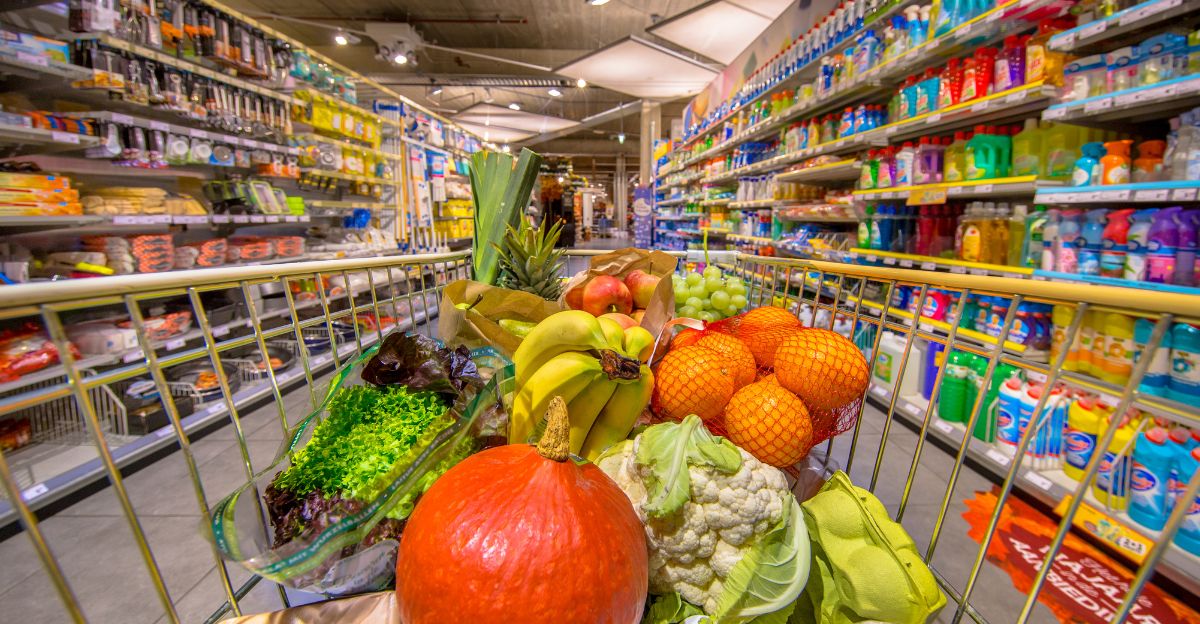
While this collapse might seem sudden to many, there have been warning signs for many years as consumer preferences shifted toward fresher, healthier options that didn’t come in a can filled with preservatives and added sugars. The company’s attempts to modernize couldn’t offset the broader move away from shelf-stable foods.
On the other hand, inflation and grocery price hikes drove shoppers to cheaper store brands, further squeezing Del Monte’s margins. The company has faced many challenges over the years, but they have only become clear with their recent filing for bankruptcy.
Debt and Financial Missteps

The company’s troubles began to mount after its 2014 acquisition by Del Monte Pacific Ltd. saddled the business with significant debt. As interest rates climbed, Del Monte’s annual cash interest expenses more than doubled, straining its ability to cover basic obligations. During the pandemic, they ramped up production and took on even more debt. Still, when consumer habits shifted back, the company was left with massive excess inventory and mounting warehousing costs, forcing it to sell at substantial losses.
Attempts to restructure its debt in 2023 backfired, sparking a legal dispute with lenders and adding millions in additional annual interest expenses. At the time of their filing, they had $1.2 billion in secured debt with late payments to suppliers and creditors signaling deepening distress.
Filing For Bankruptcy
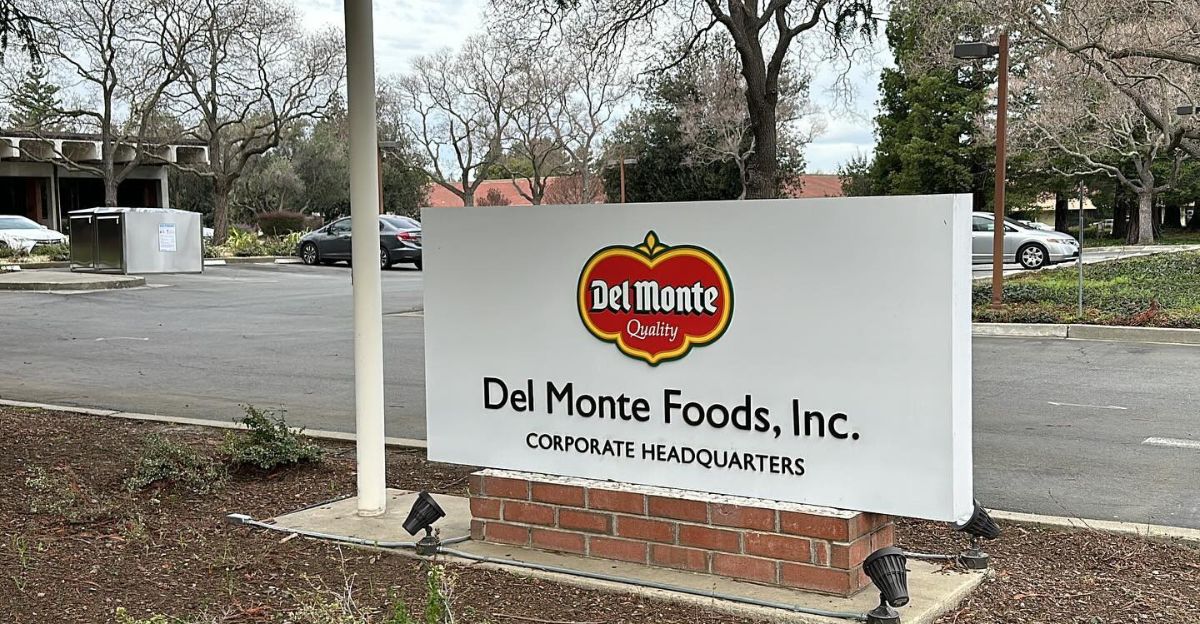
In July 2025, Del Monte Foods took the dramatic step of filing for voluntary Chapter 11 bankruptcy protection in the U.S. Bankruptcy Court for the District of New Jersey. The filing was part of a strategic effort to restructure the company’s balance sheet and pursue a court-supervised sale of all or substantially all of its assets. The company said that mounting debt, rising interest expenses, and a costly buildup of excess inventory were the primary factors behind the decision.
Employee and Vendor Uncertainty

With more than 2,700 employees in the U.S., staff are facing anxiety about potential layoffs, plant closures, and the future of their jobs as the company pursues a court-supervised sale and restructuring. While Del Monte has secured over $900 million in financing to keep operations running during the bankruptcy process, the company has already closed facilities and cut jobs in recent years.
Vendors and suppliers, from logistics providers to packaging companies, are also on edge. They are worried about delayed payments and the risk of contract renegotiations or terminations as Del Monte works to manage their responsibilities.
The Search for a Buyer

The sale process, overseen by the U.S. Bankruptcy Court for the District of New Jersey, is part of a broader restructuring support agreement with key creditors. The deal aims to maximize value for all stakeholders and ensure the brand’s legacy endures. While operations currently aren’t affected, everything can change when a new owner takes over.
“After a thorough evaluation of all available options, we determined a court-supervised sale process is the most effective way to accelerate our turnaround and create a stronger and enduring Del Monte Foods,” said President and CEO Greg Longstreet. “With an improved capital structure, enhanced financial position, and new ownership, we will be better positioned for long-term success.”
The Impact of Inflation and Competition

Inflation plays a big role in driving up the costs of everything from raw ingredients to steel for cans and forcing companies to raise prices on their products. These price hikes came at a time when consumers were already feeling the pinch at the grocery store, prompting many to switch to cheaper store brands and private labels.
Del Monte quickly lost space on the shelves of major retailers like Target and Walmart, squeezed by escalating production expenses and aggressive competition from major rivals.
Changing Consumer Habits
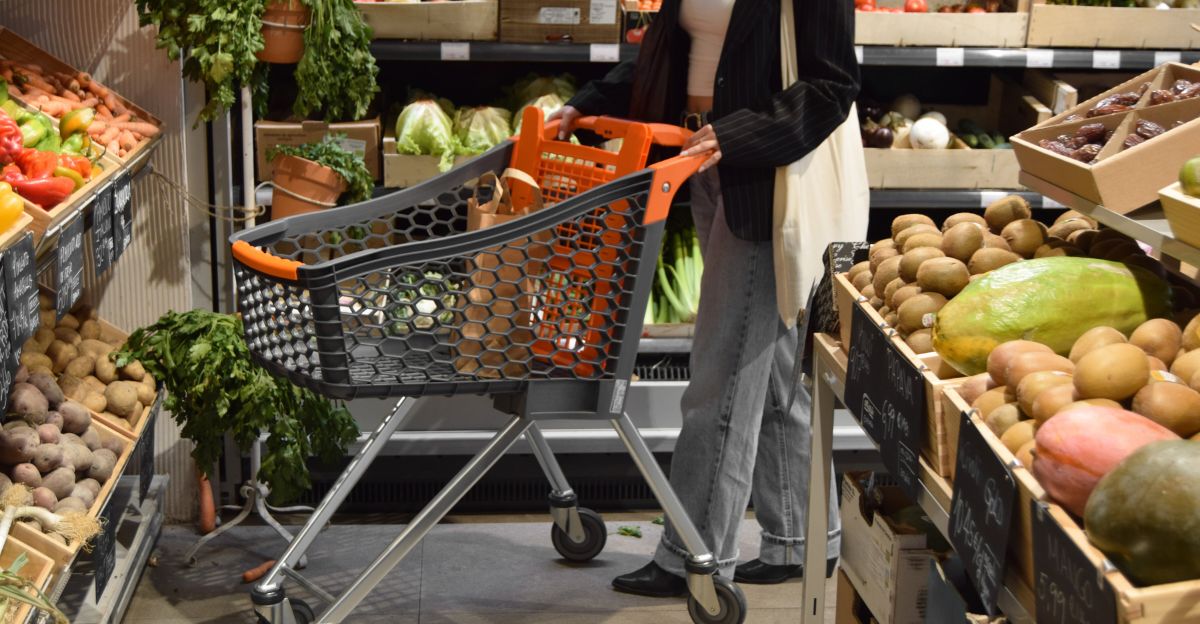
People change daily, and as new trends, habits, and influences take over, companies must constantly adapt. Today’s shoppers are increasingly prioritizing fresh, healthy, and organic foods over traditional shelf-stable options, with many viewing canned goods as less nutritious or overly processed.
Younger generations, especially Gen Z, drive demand for natural ingredients and sustainable sourcing, while 92% of consumers consider sustainability necessary when choosing brands. The pandemic briefly revived interest in canned foods for their convenience and long shelf life, but as normalcy returned, the preference for fresh and minimally processed foods reasserted itself.
Industry Experts Weigh In

Analysts point to a generational move away from canned goods, as consumers increasingly favor fresh, organic, and minimally processed foods. “Del Monte’s collapse isn’t just a corporate failure; it’s a wake-up call,” said Nick Papagni, a food industry commentator. Experts also note that nearly half of grocery shelf space is now occupied by private-label competitors, intensifying the pressure on established brands.
